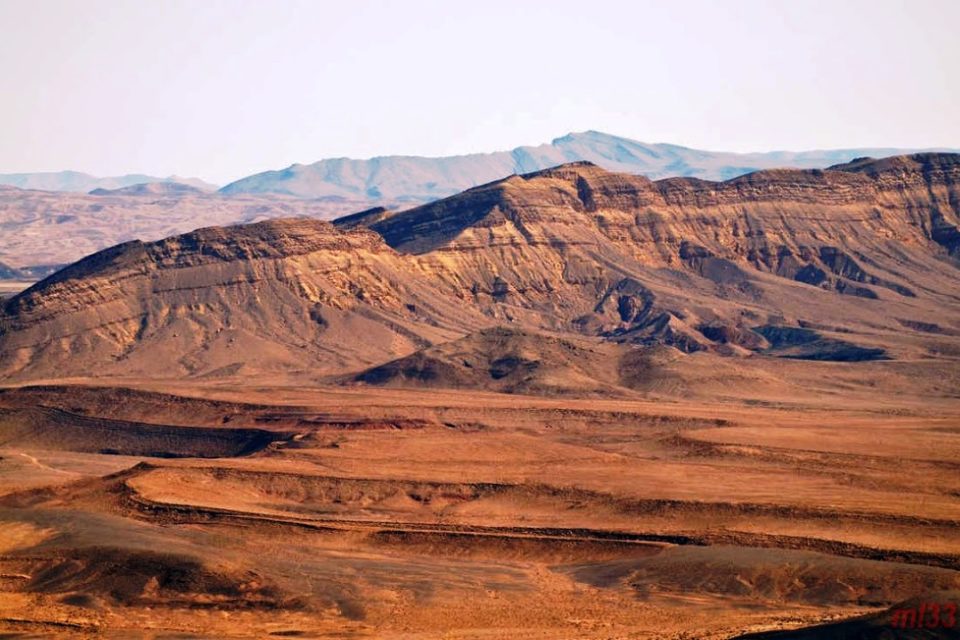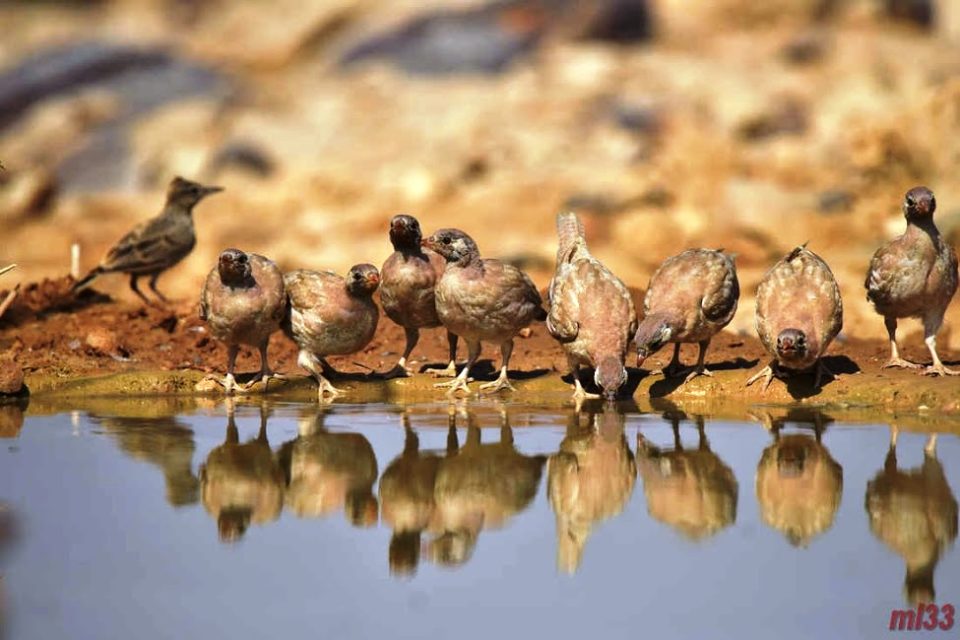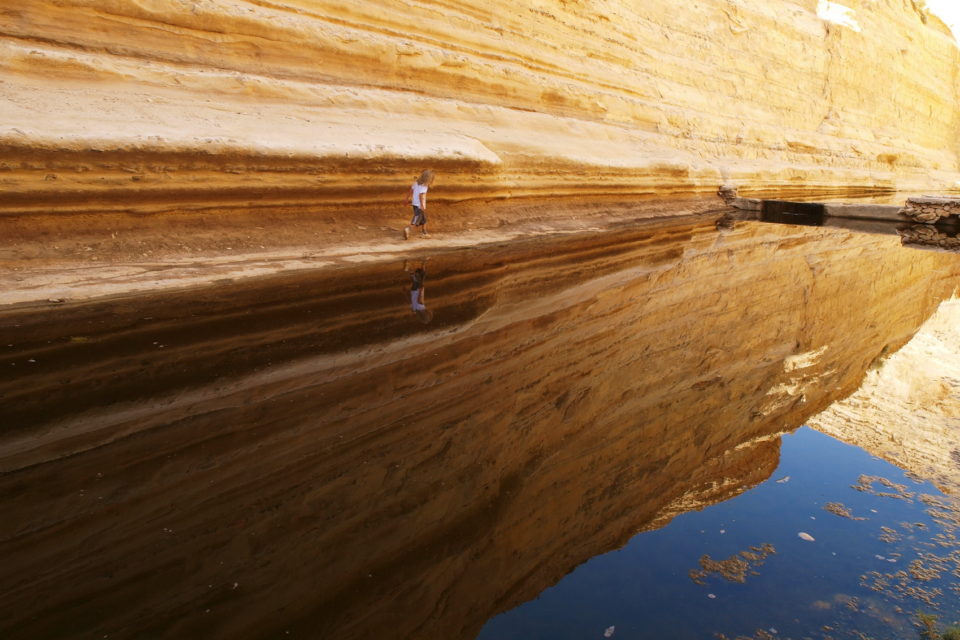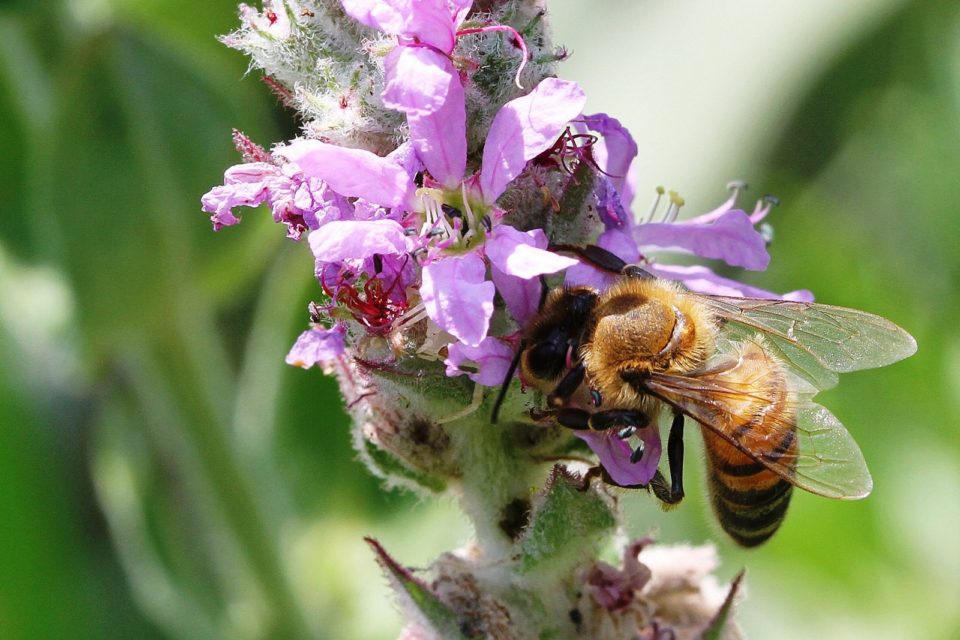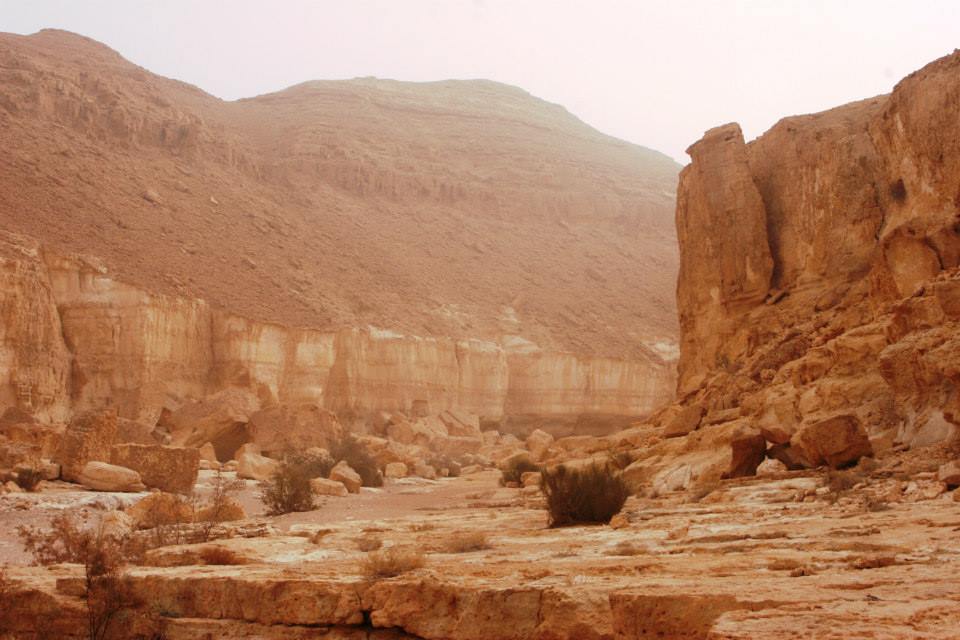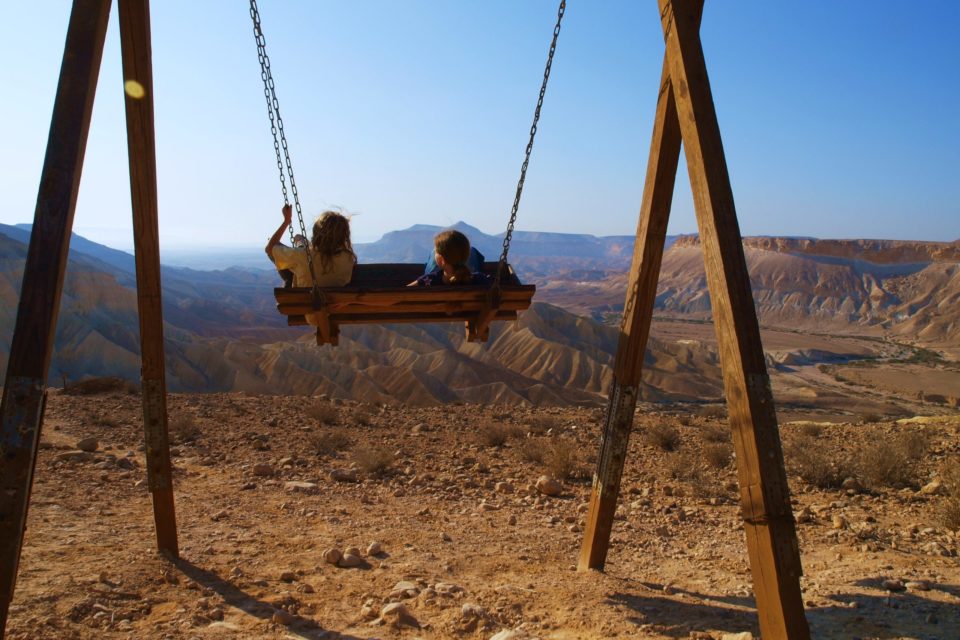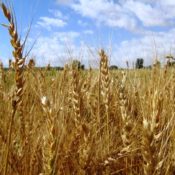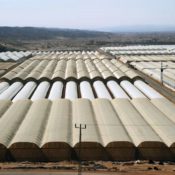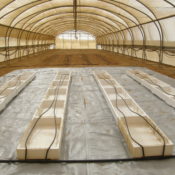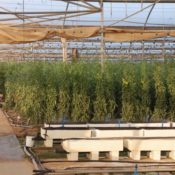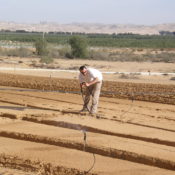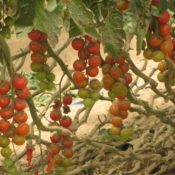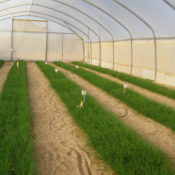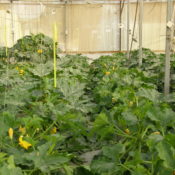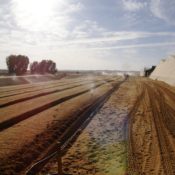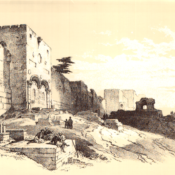THE NEGEV
“The Negev has begun to awaken.
It must never be allowed to sleep again.”
— Shimon Peres, November 2007
“ Wisdom goes with the South. It is written: ‘Whoever seeks wisdom, south shall he go.’”
— David Ben-Gurion
- The Negev is Israel’s vast and arid southern region that stretches from the southernmost city of Eilat up to Beer Sheva, and from the western Sinai Peninsula to the Aravah Valley and the Dead Sea in the east.
Making up some 60% of Israel’s territory, it spans 4,600 square miles (13,000 square km). - The Negev is part of a larger desert that extends from Egypt through Jordan and into Saudi Arabia
- Human life in the Negev dates back to as many as 7,000 years ago when nomads inhabited the area.
- Today, there are 6 major cities in the Negev region and 17 local and regional councils. Beer Sheva, known as the capital of the Negev, is the largest of the region’s cities.

“It is in the Negev that the creativity and pioneer vigor of Israel shall be tested.”
— David Ben-Gurion
- While uniformly arid, the land is more dusty and rocky than sandy, and varies from flat to mountainous.
- Of special note are its “box canyon” formations, the vast Ramon Crater, and the super-salty Dead Sea, the lowest point on land.
- People also flock to the Ein Gedi nature preserve for its wildlife and waterfalls, and to the mesa called Masada for its profound history.
- The Negev receives very little rainfall, between 10-12 in/yr (250-300 mm/yr), and its temperature runs from 68-104 F (20-40 C).
- Water is a key factor in the survival and flourishing of Negev communities.
- Jobs and development are being brought to the Negev through large-scale investments in technology and the relocation of Israeli Defense Force bases to southern Israel.
- The Negev is home to several of Israel’s world-renowned wineries, including Israel’s first solar-powered winery.
- The Ramat HaNegev AgroResearch Center is housed in the Negev and is a leading institution in agricultural studies.
